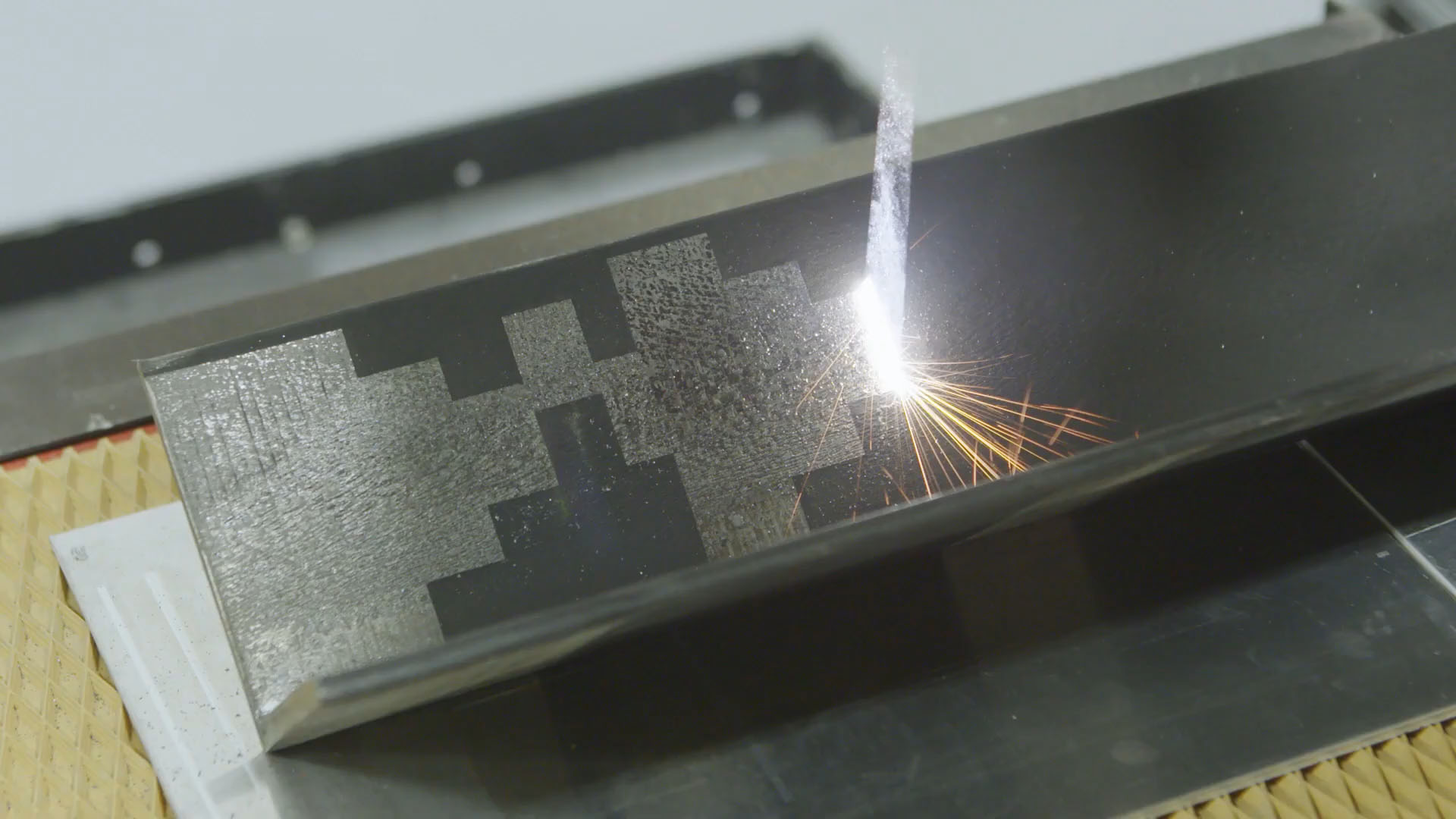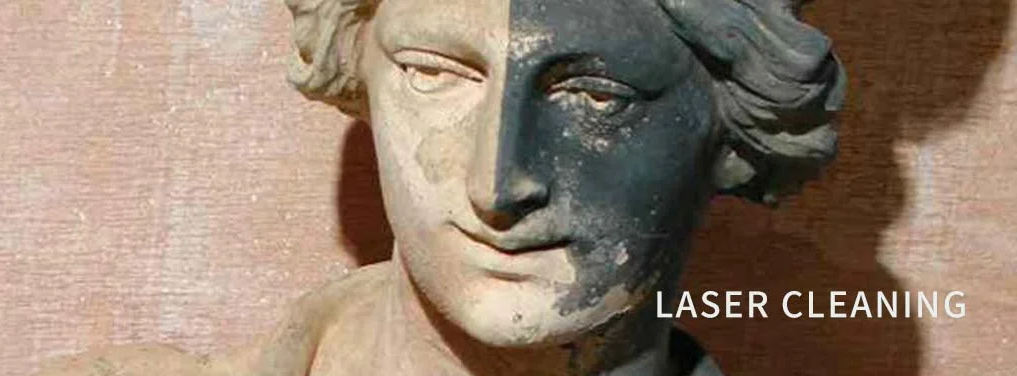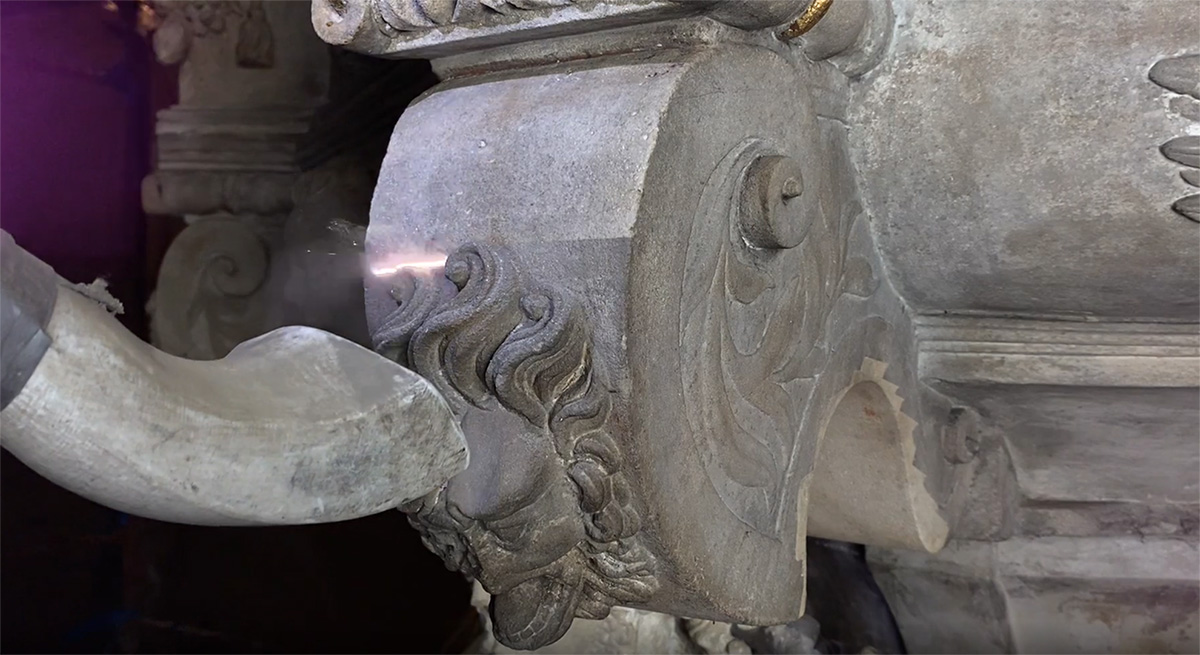I’ve noticed cleaning old buildings often feels tricky, like walking a tightrope. I think if we scrub too hard, we risk ruining valuable details. Using strong chemicals can also harm the environment. So, I see many people who work to save old buildings are now looking at laser cleaning. I believe it offers cleaner surfaces with fewer side effects. I understand why it sounds like the perfect solution. But, based on my experience, there’s one big catch you might not realize…
Introduction of Laser Cleaning Machine
Laser cleaning machines are an excellent tool for preserving ancient buildings. It uses a precise laser beam to remove dirt, paint, rust or coatings without directly contacting the surface. This makes it possible to clean only the unwanted coating without damaging the material itself.
Why Laser Cleaning Machine Is Gaining Attention in Historic Preservation
Old cleaning methods, like chemicals or scrubbing, can damage delicate surfaces. Laser cleaning machine is better because it’s more eco-friendly and safer for fragile materials. It creates less mess and reduces the risk of harming detailed stonework or building features, which I find to be a major advantage.
Real-World Experience and Increasing Use
Laser cleaning has been used for 15 years to preserve valuable items and buildings in places like Poland, France, and Croatia. It’s becoming more popular among governments and businesses for cleaning stone on important buildings. However, I’ve noticed that scientific research hasn’t kept pace with its growing use.
I need to point out that laser cleaning isn’t the right choice for every situation. For example, some surfaces might reflect too much light or not handle heat well. I’ve seen these types of surfaces get damaged. So, I always recommend a thorough check before starting any work.
Benefits of Laser Cleaning for Historic Buildings
From my experience, laser cleaning machine offers some great benefits for caring for old buildings. I find it’s a big improvement over old ways like using chemicals or abrasive blasting.
Precise, Non-Contact Cleaning
Laser cleaning machine is great because it doesn’t touch the surface directly, offering precise control. This is especially helpful for delicate or detailed architecture. Studies at places like Lincoln Cathedral and the Sigismund Chapel show that lasers can preserve fragile surfaces and original patinas. Unlike traditional methods that can damage historic materials, lasers only remove unwanted layers, leaving the valuable ones intact.
Minimal Waste and Environmental Impact
I like that laser cleaning creates very little waste. It turns dirt into tiny particles that are easy to collect or filter, with no harmful chemicals or clouds of dust. This means less cleanup and safer disposal. Since it doesn’t use harsh chemicals, it’s much better for the environment—making it ideal for protected sites or places where safety and conservation matter most.
Protective and Safer for Conservators
I believe laser cleaning machine improves worksite safety. Workers avoid handling harsh chemicals or abrasive materials, and with proper training, their health risks are much lower. It’s a cleaner process overall and often means less maintenance after the job.
Proven Effectiveness on Delicate and Valuable Surfaces
Laser cleaning machine provide precise control, making them perfect for safely cleaning various surfaces. When set correctly, they prevent thermal cracks and preserve the material. For example, at Lincoln Cathedral, lasers cleaned Romanesque friezes over nine months, keeping their original ochre patina—something older methods can’t achieve.
Scalability and Cost-Effectiveness
Laser cleaning machine is being used more in conservation, not just for small artifacts but also large buildings. In 2025, the global market is expected to reach about USD 0.76 billion, and grow to USD 1.00 billion by 2030. As the machines get more portable and affordable, they’re helping conservators handle big projects. For example, at Lincoln Cathedral, teams used multiple lasers at once to clean large sections.
Key Takeaways
- I recommend laser cleaning because it allows for precise, non-contact removal of contaminants. This protects valuable historic materials.
- I like that there’s minimal waste and no hazardous chemicals. This means less impact on our environment and makes job-site management easier.
- We achieve better operator safety and reduced health risks because we eliminate the need for toxic materials. I believe this is a key advantage.
- It has been proven effective on delicate, valuable surfaces. Real-world projects and scientific analysis support this. I’ve seen the evidence myself.
- I suggest you consider this technology because it is scalable and becoming more affordable. Its adoption in historical conservation is growing worldwide.
Risks of Laser Cleaning Machines on Historic Buildings
I believe laser cleaning machine is useful for old buildings. However, it has major risks. We must be very careful because these cultural items cannot be replaced.
Physical Damage and Surface Erosion
If laser cleaning isn’t properly controlled, it can harm the original material. For example, with brick buildings, the wrong settings might remove the tough outer layer and expose the softer inside, which then weathers and breaks down faster. Older methods like grit blasting can be even worse—they let more water in, weakening the structure over time. Careful calibration is key.
High Sensitivity to Laser Settings
In my experience, laser cleaning machine need precise settings. Even small mistakes in power or exposure time can burn, discolor, or cause hidden chemical changes. There’s little margin for error—one wrong move can permanently damage original details. That’s why it’s important to double-check all settings.
Why Choosing the Right Laser Wavelength Matters
Choosing the right laser wavelength is crucial. The goal is for the dirt, such as graffiti or black crust, to absorb the laser’s energy, not the historic stone. If we select the wrong wavelength, the building’s surface might absorb too much energy, causing irreversible damage.
Business Growth and Market Demands
- The business of laser cleaning is growing. The market reached USD 0.66 billion in 2023. It’s expected to hit USD 1.05 billion by 2032. With this growth, I worry that making money might become more important than careful, preservation-focused methods.
- This drive for quick use without enough testing can endanger old buildings and cultural places for the long term. I recommend a balanced approach where conservation remains the priority.
Conclusion: Is Laser Cleaning Safe for Historic Buildings?
I find that laser cleaning machine for historic buildings offers big advantages. But it also comes with serious duties. Based on my experience, evidence, and real cases, here’s what I’ve learned:
Is Laser Cleaning Safe for Historic Buildings?
Effectiveness and Safety When Done Right: In my experience, if professionals use the right lasers and follow safety rules, laser cleaning is safe and very effective. Top heritage managers accept and use laser cleaning. We see this in major European projects, like the Sigismund Chapel in Cracow. This shows its effectiveness.
Selective and Gentle: I’ve seen lasers carefully remove dirt, pollution, or paint. They do this without damaging important patinas or the original stone. Chemical or abrasive methods often don’t offer this much control.
Environmentally Responsible: Laser cleaning machine uses fewer or no chemicals. I believe this makes it safer for workers and the environment. We can also monitor the process in real time. Advanced tools help with this. This lowers the chance of accidents.
What Makes Laser Cleaning Risky?
Risks Center on Human Error and Protocols: I find most issues stem from poor training. Incorrect laser settings or unproven methods also cause problems. People have reported losing key surface layers. This happens if workers don’t follow the rules.
Safety Protocols are Vital: I recommend operators wear safety gear, work in controlled zones, and test small areas first. Start by selecting the right settings, then check the test areas for 1-2 months for any delayed damage.
Operator Training and Teamwork: I believe just trained and certified staff should do laser cleaning. They must be well-prepared. I think it works best when teams collaborate. These teams should include conservators, scientists, and laser experts.
Final Judgment: Safe or Risky?
In my view, laser cleaning machine a safe and very focused tool to conserve historic buildings. This is true if trained specialists do it. They must use tested devices and methods. And, they must follow safety rules strictly. I find its impact on the environment is much better than most old cleaning methods. From my experience, risks like losing precious surfaces or injuries usually happen. This is due to misuse, not enough training, or skipping scientific checks.
If we take the right safety steps and teams cooperate, laser cleaning is a modern, effective tool. It helps us protect and restore our unique heritage. But I always advise caution. We need expert supervision. And the approach must fit the specific site. In historic preservation, you don’t often get a second chance.
Summary
My work with laser cleaning on old artifacts convinces me. I think this is the future for saving important historical items. I know each project needs careful thought and skill. But laser cleaning is so precise, good for the environment, and has shown great results. I find these aspects make it essential. I feel we need to mix new ideas with respect for our past. This way, we can keep these unique treasures safe for future people. I think it’s our job to use these strong tools in a smart and careful way. For more details about laser cleaning machine or to get a quote, contact us today!




